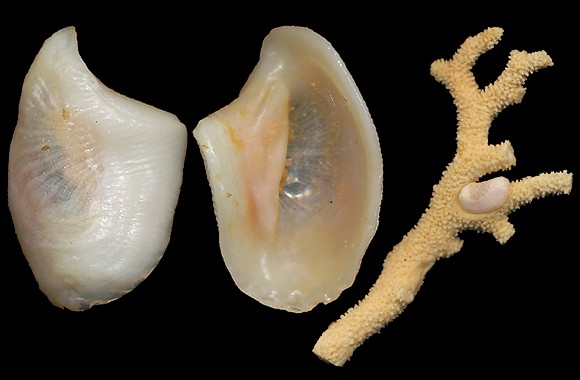
In Mediterranean, sicula is mainly a symbiont of the coral Errina aspera (Linnaeus, 1767) STYLASTERIDAE, a species restricted to Messina Strait, Gibraltar Strait and W. Morocco. In Messina area, the bathymetric range of this coral extends between 110m and 230m deep (Salvati & al., 2010). The symbiosis of sicula and aspera was also noticed « in several samples collected by grab between 61 and 443 m depth along the Spanish coast of the Gibraltar Strait, where E. aspera was found particularly abundant between 150 and 330 m (Álvarez-Pérez et al., 2005). » – Ibid. In the Azores, the host is Errina dabneyi (Pourtalès, 1871), with a high presence of sicula on it: incidence close to 70% and abundance ranging betweeen 1 and 223 individuals per colony (Braga
Henriques & al., 2010).
Female from 110m deep, Stretto de Messina, NE. Sicily. 7mm.
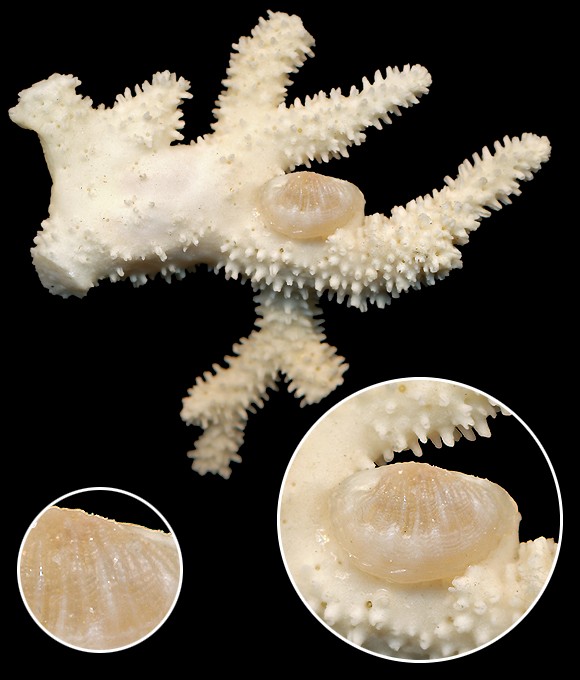
conica, decurvata, paradoxus, polymorpha…
The species is protandrous. Shells larger than 4mm begin to switch to the female stage. – Here, a male from 130m deep, Stretto de Messina. Size: 5mm. « The growth of the teleoconch progressively covers the protoconch during the male phase of the shell », in which the labrum « forms a rounded anterior and posterior extremity and the columella has a parietal shield. In more calloused shells, the columellar ridge and the labral edge are more developed and fine transverse ridges are visible all around the aperture; in this phase, the outer lip is usually crenulated. » – Braga Henriques & al.: op. cit.
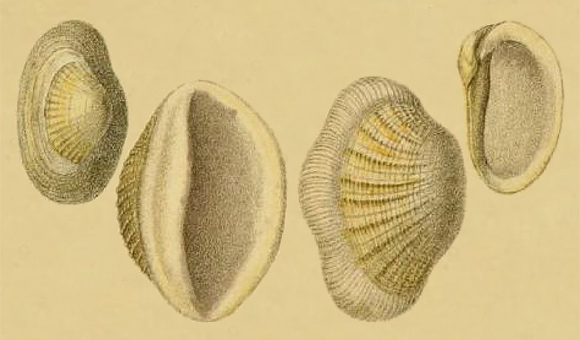
Iconographie der schalentragenden europäischen Meeresconchylien vol. IV, Wiesbaden 1908, plate CVI.
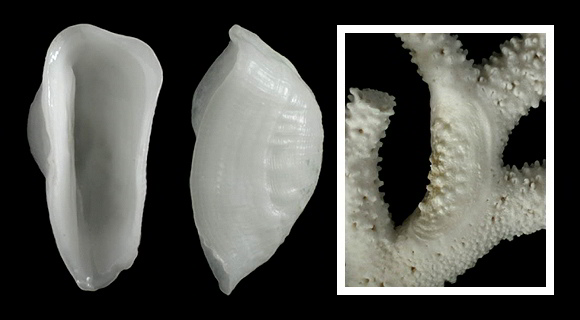
Braga Henriques & al.: « In ventral view, females show the brood-pouch, a cavity which extends along the foot and where the embryos are brooded. » The shape becomes « irregular and sub-patelliform, with a very long aperture channelled at both ends […] The surfaces of the female shells have irregular girdles with fine transverse vertical ribs; sometimes, these are almost smooth and porcellaneous. The top surface of the shell is sculptured by about 16 – 20 vertical, narrow, uniformly distributed spiral lines that form tubercules with the additional perpendicular growth lines […] Younger regions of the shell expand widely, the transverse ridges are absent, and growth lines are present. »
Above, a female from the Strait of Gibraltar. Size 9,4mm.
The irregular shape is due to the adaptation of the shell to its support. Original pictures provided by S. Gofas for WoRMS.
– (CC BY-NC-SA) –
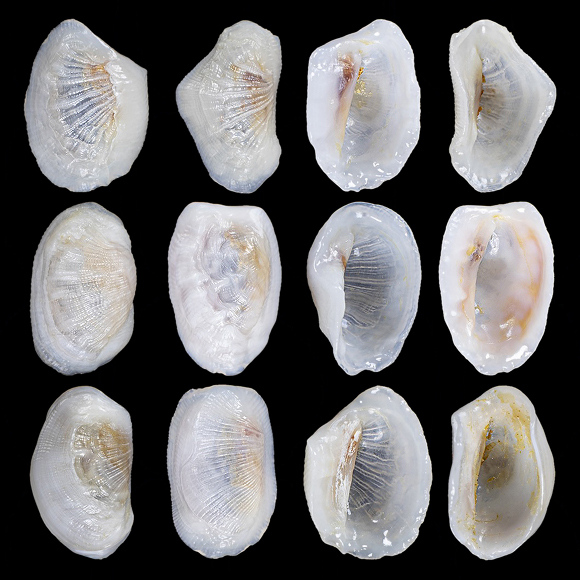
– (CC BY-NC-SA) –